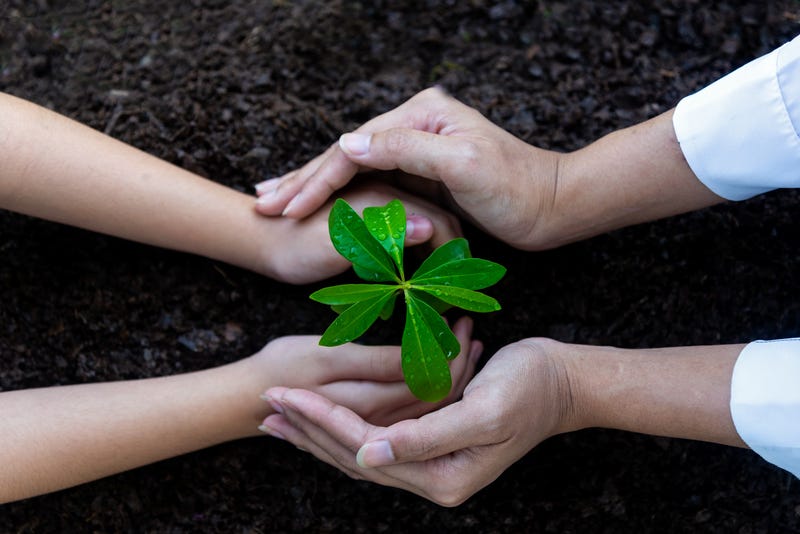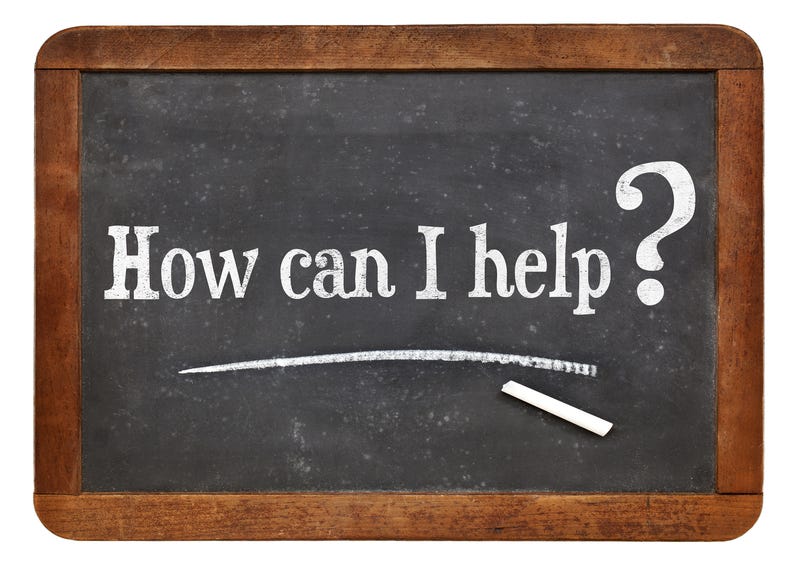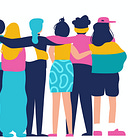As I climb Maslow’s Hierarchy of Needs, I find myself pondering a question immortalized in Billie Eilish’s song: “What was I made for?”

When my time in this world is up, I want to have made a difference—however small. Even if it’s just to my children, I want to leave the world a little better than I found it.
My grandfather was a teacher who left an indelible mark on everyone he touched. When he passed, the outpouring of love and gratitude was overwhelming. His life served as a reminder that significance isn’t measured in grand gestures but in the lives we touch along the way.
When I left my job, I lost my sense of self. I had tied so much of my identity to my work that I felt unmoored when it was gone. And yet, I wasn’t alone—hundreds of thousands of tech workers faced similar layoffs. It made me confront a hard truth: there’s so much more to life than work.

Héctor García and Francesc Miralles put it succinctly in Ikigai:
“A life without purpose is a life without direction. People who have a reason to get up in the morning tend to be happier and healthier.”
So, what’s my reason?
My children immediately come to mind. If nothing else, I live for them—to provide the guidance and support they need to lead happy, healthy lives. That’s part of why I started this Substack: to explore my own journey toward happiness so I can better equip my daughters with the tools to live fulfilling lives.
But is there something more?
García and Miralles also remind us:
“The key to a long and happy life lies in discovering what you love, what you are good at, and what the world needs. By aligning these elements, you can cultivate a sense of meaning and purpose.”
These questions resonated deeply during my recent job hunt, when I reflected on my personal brand through Never Search Alone by Phyl Terry.
Career Significance

In my career, my most meaningful highlights were all about empowerment and transformation:
Empowering teams to experiment and achieve outcomes.
Restructuring teams for efficiency and growth.
Teaching product excellence through research and workshops.
Mentoring my reports to reach their potential and grow in their careers.
Building habits of user feedback where none existed before.
These moments stood out because they aligned with what I loved, what I was good at, and what my teams needed. They were my ikigai at work.
Personal Significance

Outside of work, though, I’m still figuring out how I can help others and contribute meaningfully. Guidance from Marshall Goldsmith and his AI bot has been invaluable in this discovery process. Here are the steps I’m working through:
1. Reflect on Passions and Interests
What activities and topics am I drawn to and make me lose track of time?
Climbing, board games, video games, TV/movies/musicals.
Celebrating events and creating memory keepsakes like photo books and videos.
Writing about the results of my research and pondering.
Is my purpose to bring joy and playfulness to others? To create and preserve memories? To share my findings with others?
2. Consider My Talents and Strengths
I’m naturally drawn to research and planning for the future, cultivating stability and trust, and bringing structure to chaos. Here’s what my strengths assessments reveal:
Futuristic & Analytical: Strategic thinking balanced with data-driven decision-making.
Relator & Equalizer: Building strong relationships and fostering collaboration.
Discipline & Organizer: Executing with precision and organizing the unstructured.
Assessments Reference: Strengthsfinder, StandOut, DISC, Myers-Briggs, NBI.
3. Identify My Values

These values guide my decisions and aspirations:
Continuous Improvement (Growth & Learning).
Connectedness (Integrity, Empathy, and Trust).
Sense of Purpose (Dedication & Passion).
I champion continuous growth, value deep connections and fostering a sense of belonging, and am passionate about inspiring others to pursue their passions while sharing my own.
4. Experiment with New Experiences
Volunteering, joining community groups, or picking up new hobbies could open new doors to meaningful contributions. This is an area I need to dig into more.
5. Connect with Others
This step aligns with my ongoing efforts to strengthen relationships and build community—topics I touched on in my last post.
6. Make a Difference

How can I leave an impact, even if it’s small, on someone’s life today? How can I help?
Perhaps my biggest impact could be with my children as mentioned earlier since they are a central focus of my life.
7. Practice Gratitude
A simple yet transformative habit I’m working to develop.
Overall, my self-reflection currently suggest my purpose being a blend of helping others grow, finding and sharing joy, and creating connections that leave the world a little brighter and more meaningful. Note that Marshall Goldsmith reminds us:
“Finding your purpose is not a one-time event but a continuous process of reflection and adaptation.”
There’s no single answer to what I was made for. But every day presents an opportunity to make the world—or someone’s life—better than it was yesterday.
Have you found your sense of significance? If not, try exploring these steps. Let’s figure it out together. After all, as Alexander Hamilton asks in Lin-Manuel Miranda’s Hamilton:
“And when my time is up, have I done enough? Will they tell my story?”
Resources:
Ikigai: The Japanese Secret to a Long and Happy Life by Héctor García and Francesc Miralles
Start with Why: How Great Leaders Inspire Everyone to Take Action by Simon Sinek
Designing Your Life: How to Build a Well-Lived, Joyful Life by Bill Burnett & Dale Evans




